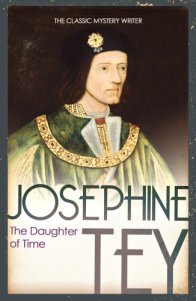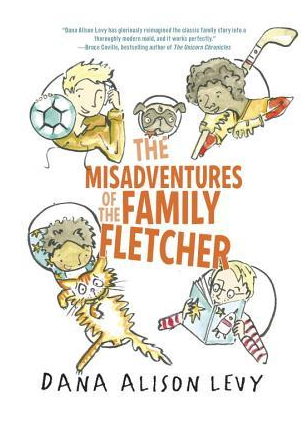I’ve had a bit of a Tudor binge over Christmas. It started when I saw the ebook of A Daughter of Time by Josephine Tey on special offer. This is a book that I had heard of, but never got round to reading. It has been mentioned several times in class. In fact, last term we did an exercise based on it – exploring what we could find out about a face in an unknown, historical portrait.
 That is what the book is about. A policeman, stuck in hospital with nothing to do, is brought a pile of portraits by a friend. She knows that he prides himself on identifying whether a person is guilty or not, just by looking at their face. He becomes fascinated by one particular face – he decides this man is not a criminal, more probably a judge or a soldier. He is shocked to find out that this is the portrait of Richard III, reviled killer of his nephews, the Princes in the Tower.
That is what the book is about. A policeman, stuck in hospital with nothing to do, is brought a pile of portraits by a friend. She knows that he prides himself on identifying whether a person is guilty or not, just by looking at their face. He becomes fascinated by one particular face – he decides this man is not a criminal, more probably a judge or a soldier. He is shocked to find out that this is the portrait of Richard III, reviled killer of his nephews, the Princes in the Tower.
He shows the picture to other people. Everyone sees something different, depending on their own experience. For example, the doctor sees illness – “Poliomyelitis” and a nurse “Liver”. The Matron says “It is the most desperately unhappy face that I have ever encountered.” The only person who sees evil is someone who recognises the man.
The policeman, Alan Grant, decides to find out more. He wants to solve a crime, five hundred years old.
The advantages, for the plot, is that this book was written in 1951. For a start, no one would be bored in hospital, with television, internet etc, so it would never get started. In this case, he must wait, for a member of staff to bring in a book on history, then another. He finds books disagree, nothing satisfies him that the “case” has been properly solved. He needs to look at original sources. The friend who brought the pictures finds someone to work for him; a young American doing research in the British Library. He follows the policeman’s instructions, moving from contemporary historical accounts, back to original documents. All this takes time. The focus of the book remains the policeman, never moving from the hospital room. Of course there are no mobile phones, he must wait, patiently, until his assistant visits with information and is then sent for more.
Finally the policeman comes to a conclusion – a conclusion that runs against all accepted wisdom. The American assistant, astounded at the new interpretation, prepares to write a book that will make him famous and show his father he is not worthless. Then there is a final twist – which I won’t reveal in case someone hasn’t read it.
Although written and set in the 1950s, it does not seem old-fashioned. That, I suppose, is why it is a classic. It never moves beyond those four walls of the hospital room but covers relationships from modern times back into the past. It explores the meaning of history and how it is interpreted by historians for their own ends. And of course it is a proper detective story, with a satisfying ending – whatever your views on the “truth”.
A perfect example of how to write.
I then moved on, from the sublime to, well, The White Princess – both book and TV series. But I’ll save that for another time.
As for my own writing, I started the year well, with 2,340 words on New Years Day. Since then, I’ve only done another 989. I intended to do more yesterday, but needed to look up a fact. I couldn’t find it and ended up sorting out all my writing paperwork, class notes, homework, letters from publishers etc. At least I achieved something, if not what I wanted!
Advertisements Share this:





